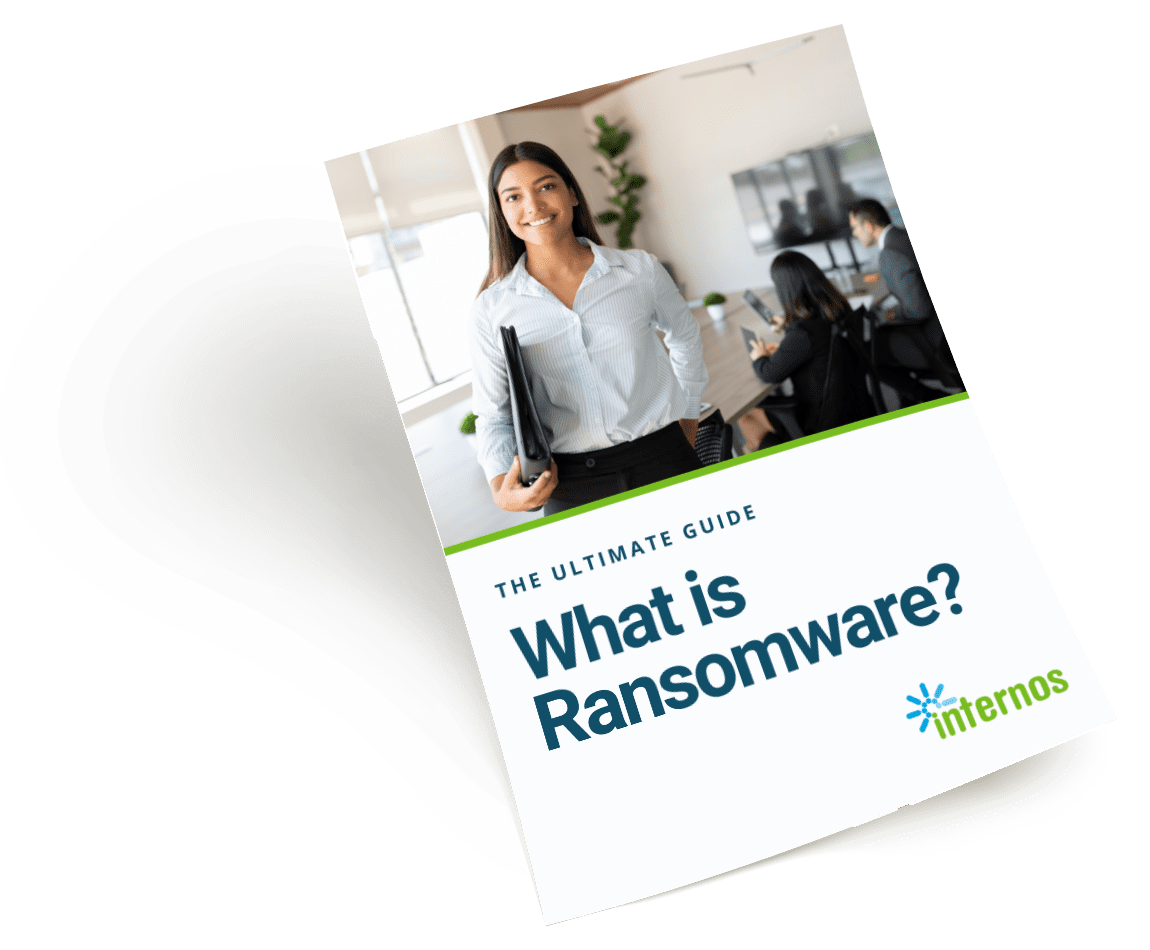
In today’s rapidly evolving digital world, the landscape of cybersecurity threats keeps shifting, bringing new challenges to both individuals and organizations. As cyber security experts, we’ve noticed one threat that’s gaining prominence: zero-click malware.
Picture this: a form of malware so cunning that it slips into your devices without a peep. No need for you to click on sketchy links or open suspicious files. It’s like a silent intruder, capable of compromising your devices and networks before you even realize it’s there.
An infamous example of this stealthy attack occurred through a missed call on WhatsApp back in 2019. Astonishingly, the victim didn’t even have to answer the call. This exploit used a zero-day vulnerability to inject spyware silently into the device’s software through the missed call – a wake-up call for all of us.
But that’s not all: A more recent threat aimed at iOS users involves a new zero-click hack. Imagine receiving an innocent-looking message on iMessage, and bam! Your device falls victim to a total takeover – no interaction required.
So, what’s the deal with this new malware threat? Let’s explore what it is and how we can tackle this growing menace.
Getting to Know Zero-Click Malware
Zero-click malware, as the name suggests, is malicious software that gets things done without your input. Unlike the traditional malware that tricks you into clicking links or downloading files, this malware sneaks in without a hint of interaction from your side.
It operates in the shadows, often without you even noticing. It can creep into your devices through various avenues: dodgy websites, compromised networks and even legitimate apps with hidden vulnerabilities.
The Nature of the Threat
This sneaky adversary is no small fry: It’s a major threat. The covert nature of this new malware and its knack for dodging security measures are what make it dangerous.
Once it infiltrates your device, it’s game over. It can steal your data, take remote control of your device, mine cryptocurrency, plant spyware, unleash ransomware and even turn your devices into puppets for launching larger attacks.
Whether you’re an individual, a business, or part of critical infrastructure, the aftermath of an attack can include financial losses, data breaches and lasting damage to your reputation.
You can’t predict the future, but you can prepare for it. Consider taking a look at our disaster recovery services to make sure you’re ready for the worst.
Standing Up Against Evolving Threats
To safeguard against this silent menace, two things are essential: a proactive mindset and a multi-layered approach to cybersecurity. Here’s a rundown of some key strategies to consider:
Stay Up to Date With Software
Regularly updating your software – whether it’s your operating system, apps or security patches – is your frontline defense. These updates often come packed with bug fixes and security enhancements that patch up vulnerabilities that malware creators love to exploit.
Enabling automatic updates can simplify the process and keep your devices resilient.
Deploy Robust Endpoint Protection
Shield yourself with comprehensive endpoint protection tools that can detect and fend off malware. Advanced antivirus software, firewalls and intrusion detection systems form a powerful defense lineup.
Regularly updating these tools is like giving them the latest intel on emerging malware variants, helping you stay one step ahead.
Harness the Power of Network Segmentation
Divide your networks into distinct zones based on user roles, device types or sensitivity levels. This extra layer of security complicates the life of any kind of malware.
By isolating critical systems and imposing strict access controls, you limit the malware’s reach and potential harm.
Educate Your Team
Let’s face it: Human error is a big player in successful malware attacks. In fact, a staggering 88 percent of data breaches are a result of human slip-ups.
Empower your team by educating them about the risks of malware and championing solid cybersecurity practices. Encourage robust password management, teach caution when dealing with email attachments and unfamiliar links, and ensure they’re well-versed in spotting phishing attempts.
Embrace Behavioral Analytics and AI
Leverage cutting-edge tech like behavioral analytics and artificial intelligence to spot anomalies that might signal malware activity. These IT tools are like digital sleuths, uncovering patterns, odd behaviors and suspicious activities early on for proactive countermeasures.
Conduct Routine Vulnerability Assessments
Regular vulnerability assessments and penetration testing are like routine health check-ups for your systems and applications. They help identify weak points that could invite malware intrusions.
Unsure if your passwords have been compromised on the dark web? We’ve got a free dark web scan with your name on it.
Swiftly addressing these vulnerabilities through patching and other remediation steps significantly shrinks your attack surface.
Trim the Fat: Uninstall Unnecessary Apps
A cluttered device is like a playground for vulnerabilities. Often, we download apps that we rarely use, leaving them susceptible to attacks. Have your team or IT crew sweep away these unnecessary apps from all devices to reduce your network’s exposure.
Shop Wisely: Stick to Official App Stores
When it comes to downloading apps, it pays to be cautious. Stick to official app stores for your downloads. Even within those stores, make it a habit to check reviews and comments. Occasionally, malicious apps sneak past the security filters before being discovered.
Lean on Trustworthy Tech Expertise
The evolution of zero-click malware is an ongoing saga, and it’s essential to stay ahead of the curve in safeguarding yourself and your organization. If you’re seeking a comprehensive security solution, we’re here to help.
Contact us or book a meeting with one of our experts if you want to learn more about the latest in cybersecurity.
Remember, vigilance and proactive steps are your allies in the battle against cyber threats. Let’s keep your digital world secure together.

